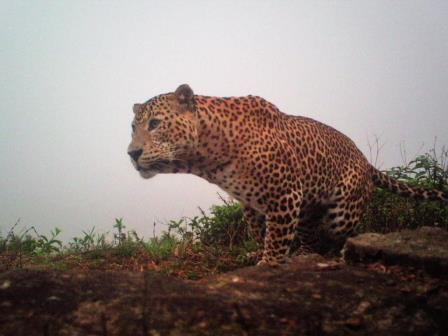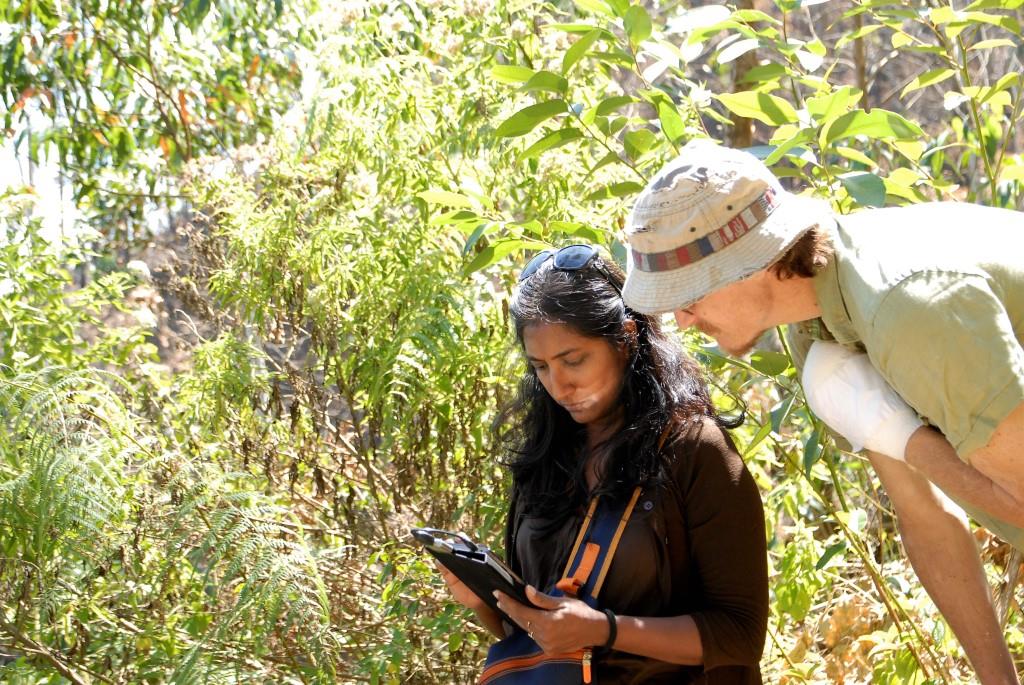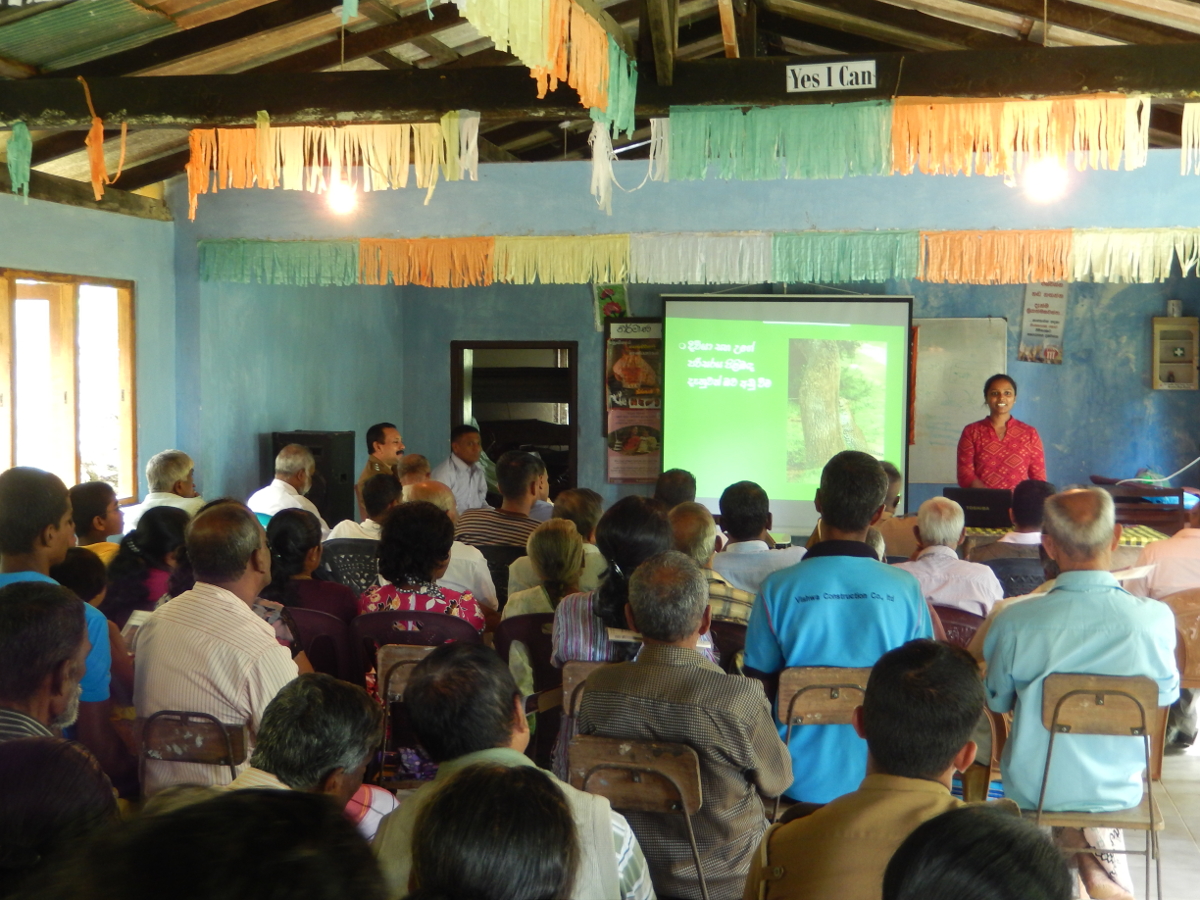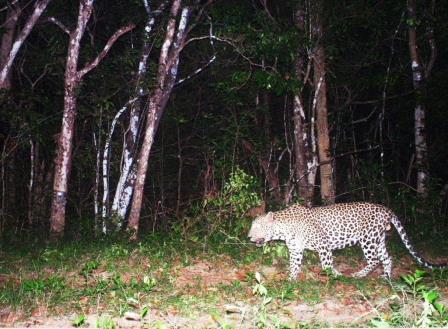Research
Sri Lankan Leopards
Dr. Andrew Kittle and his wife Anjali Watson together have been studying Sri-Lankan leopards since 2001 under The Leopard Project. In 2004 they founded The Wilderness & Wildlife Conservation Trust (WWCT), a Sri Lankan research and conservation organization conducting island-wide studies focused on understanding the ecology and behavior of the endemic Sri Lankan leopard (Panthera pardus kotiya).
Both Anjali and Andrew have been members of the IUCN’s Cat Specialist Group for over a decade and are also involved with research and status assessments of Sri Lanka’s small wild cats (Fishing cat Prionailurus viverrinus; Jungle cat Felis chaus; and Rusty-spotted cat Prionailurus rubiginosus). Their work has been published in international scientific journals as well as being regularly featured in more mainstream media, and underpins the IUCN’s current listing of P.p. kotiya as Endangered.
Following meeting at the International Symposium on Wild Cats of South Asia in November 2015, Andrew, Anjali and WildCRU’s Prof David Macdonald initiated a collaboration. Andrew visited WildCRU’s headquarters in early 2016, and through interactions with a range of wild cat researchers, as well as key discussions with WildCRU Research Associate Dr. Sam Cushman, a plan for a detailed, multi-scale analysis of leopard distribution across Sri Lanka emerged. WildCRU will support WWCT in future leopard monitoring, and in 2017, long-term WWCT member Nimalka Sanjeewani Hakmana Kankanamge became the first Sri Lankan candidate to earn a place as a student on the Recanti-Kaplan Centre Postgraduate Diploma in International Wildlife Conservation Practice.
Media
Mongabay – Leopards and landmines: Post-war carnivore research in Sri Lanka
-

-
 C
C -

-






